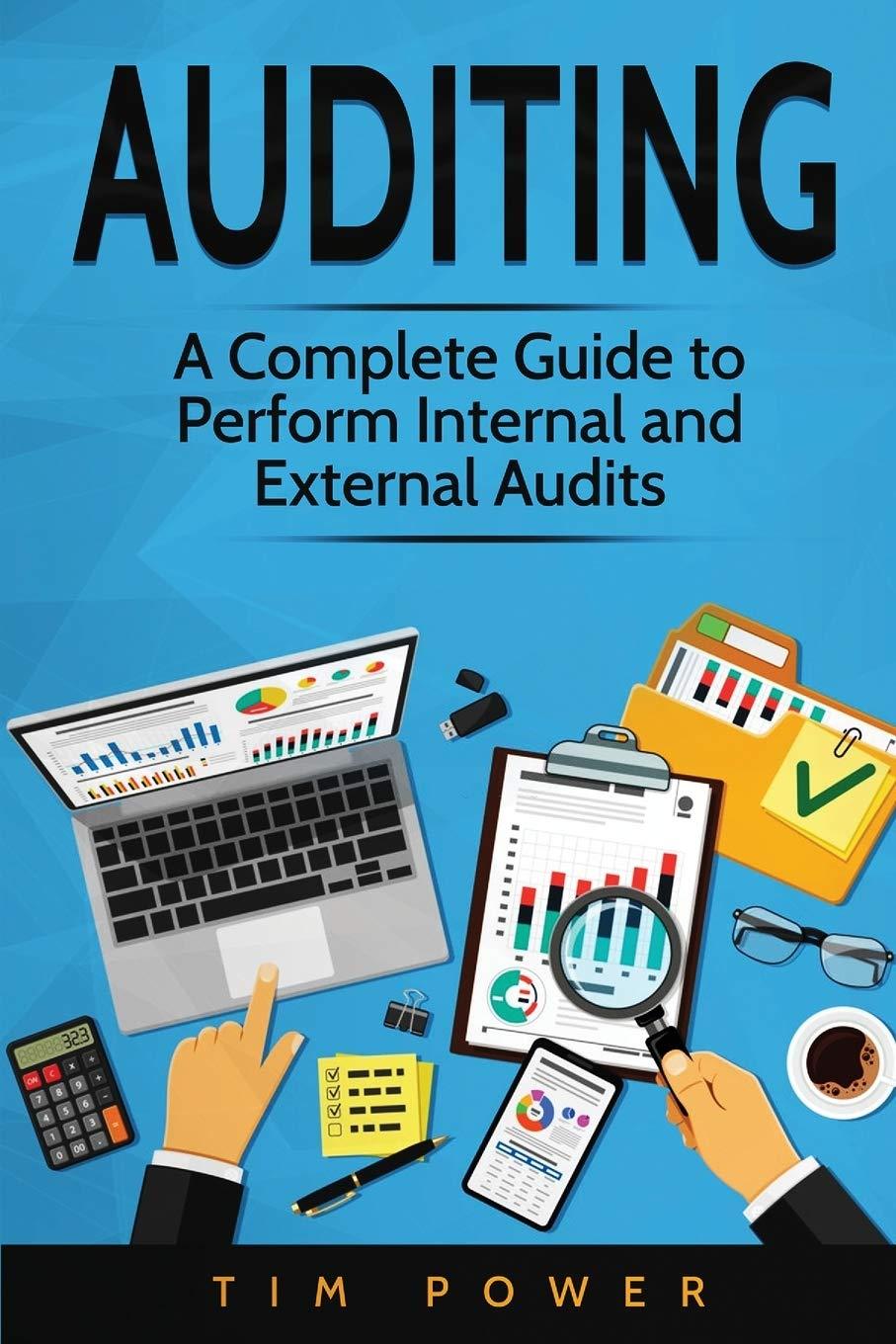Question
July 1 - Sell $10,000 of common stock to Suzie. July 1 - Sell $10,000 of common stock to Tony. July 1 - Purchase a
July 1 - Sell $10,000 of common stock to Suzie.
July 1 - Sell $10,000 of common stock to Tony.
July 1 - Purchase a one-year insurance policy for $4,800 ($400 per month) to cover injuries to
participants during outdoor clinics.
July 2 - Pay legal fees of $1,500 associated with incorporation.
July 4 - Purchase office supplies of $1,800 on account.
July 7 - Pay $300 to a local newspaper for advertising of $300 to appear immediately for an upcoming mountain biking clinic to be held on July 15. Attendees will be charged $50 the day of the clinic.
July 8 - Purchase 10 mountain bikes, paying $12,000 cash.
July 15 - On the day of the clinic, Great Adventures receives cash of $2,000 from 40 bikers. Tony conducts the mountain biking clinic.
July 22 - Because of the success of the first mountain biking clinic, Tony holds another mountain biking clinic and the company receives $2,300.
July 24 - Pay $700 to a local radio station for advertising to appear immediately. A kayaking clinic will be held on August 10, and attendees can pay $100 in advance or $150 on the day of the clinic.
July 30 - Great Adventures receives cash of $4,000 in advance from 40 kayakers for the
upcoming kayak clinic.
Aug. 1 - Great Adventures obtains a $30,000 low-interest loan for the company from the city council, which has recently passed an initiative encouraging business development related to
outdoor activities. The loan is due in three years, and 6% annual interest is due each year on July 31
Aug. 4 - The company purchases 14 kayaks, paying $28,000 cash.
Aug. 10 - 20 additional kayakers pay $3,000 ($150 each), in addition to the $4,000 that was paid in advance on July 30, on the day of the clinic. Tony conducts the first kayak clinic.
Aug. 17 - Tony conducts a second kayak clinic, and the company receives $10,500 cash.
Aug. 24 - Office supplies of $1,800 purchased on July 4 are paid in full.
Sep. 1 - To provide better storage of mountain bikes and kayaks when not in use, the company rents a storage shed for one year, paying $2,400 ($200 per month) in advance.
Sep. 21 - Tony conducts a rock-climbing clinic. The company receives $13,200 cash.
Oct. 17 - Tony conducts an orienteering clinic. Participants practice how to understand a
topographical map, read an altimeter, use a compass, and orient through heavily wooded areas. The company receives $17,900 cash.
Dec. 1 - Tony decides to hold the company's first adventure race on December 15. Four-person teams will race from checkpoint to checkpoint using a combination of mountain biking, kayaking, orienteering, trail running, and rock-climbing skills. The first team in each category to finish all checkpoints in order wins. The entry fee for each team is $500.
Dec. 5 - To help organize and promote the race, Tony hires his college roommate, Victor. Victor will be paid $50 in salary for each team that competes in the race. His salary will be paid after the race.
Dec. 8 - The company pays $1,200 to purchase a permit from a state park where the race will be held. The amount is recorded as a miscellaneous expense.
Dec. 12 - The company purchases racing supplies for $2,800 on account due in 30 days. Supplies include trophies for the top-finishing teams in each category, promotional shirts, snack foods and drinks for participants, and field markers to prepare the racecourse.
Dec. 15 - The company receives $20,000 cash from a total of forty teams, and the race is held.
Dec. 16 - The company pays Victor's salary of $2,000.
Dec. 31 - The company pays a dividend of $4,000 ($2,000 to Tony and $2,000 to Suzie).
Dec. 31 - Using his personal money, Tony purchases a diamond ring for $4,500. Tony surprises Suzie by proposing that they get married. Suzie accepts and they get married!
The following information relates to year-end adjusting entries as of December 31, 2018.
Include these year end adjustments:
a. Depreciation of the mountain bikes purchased on July 8 and kayaks purchased on August 4 totals $8,000.
b. Six months' of the one-year insurance policy purchased on July 1 has expired.
c. Four months of the one-year rental agreement purchased on September 1 has expired
d. Of the $1,800 of office supplies purchased on July 4, $300 remains.
e. Interest expense on the $30,000 loan obtained from the city council on August 1 should be recorded.
f. Of the $2,800 of racing supplies purchased on December 12, $200 remains.
g. Suzie calculates that the company owes $14,000 in income taxes.
Create all of the following:
1. Journal entries from July 1 through December 31.
2. Post transactions from July 1 through December 31 to General Ledger (T-Accounts).
3. A trial balance.
4. Adjusting entries as of December 31, 2018.
5. Post adjusting entries on December 31 to T accounts.
6. An adjusted trial balance as of December 31, 2018.
7. Create an income statement and statement of stockholders' equity for the period July 1 to December 31, 2018 as a classified balance sheet as of December 31, 2018.
8. Closing entries as of December 31, 2018.
9. Post-closing entries to T-accounts.
10. A post-closing trial balance as of December 31, 2018
Step by Step Solution
There are 3 Steps involved in it
Step: 1

Get Instant Access to Expert-Tailored Solutions
See step-by-step solutions with expert insights and AI powered tools for academic success
Step: 2

Step: 3

Ace Your Homework with AI
Get the answers you need in no time with our AI-driven, step-by-step assistance
Get Started


